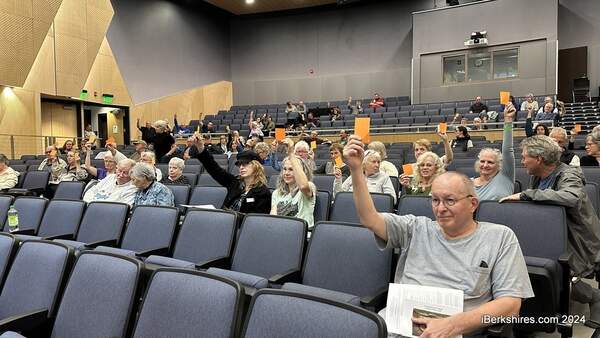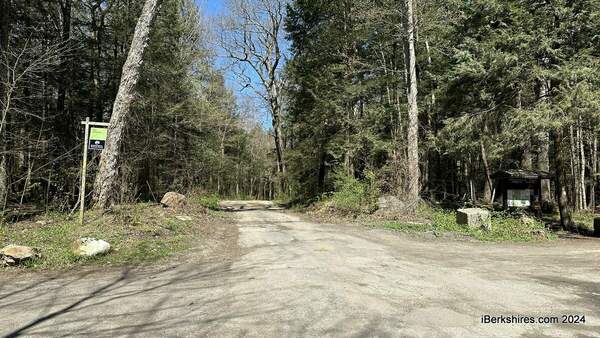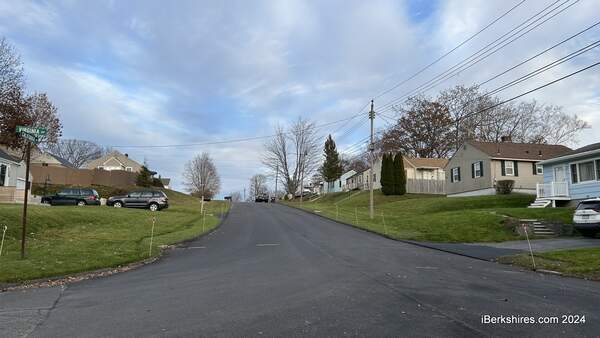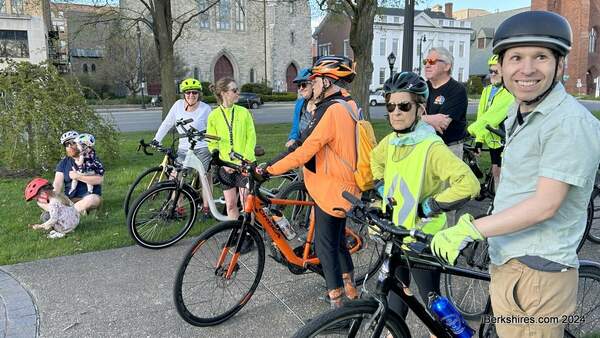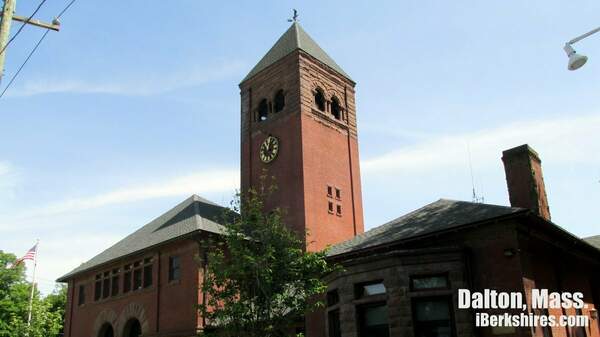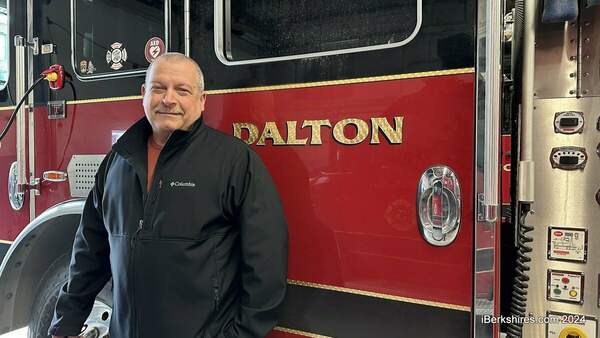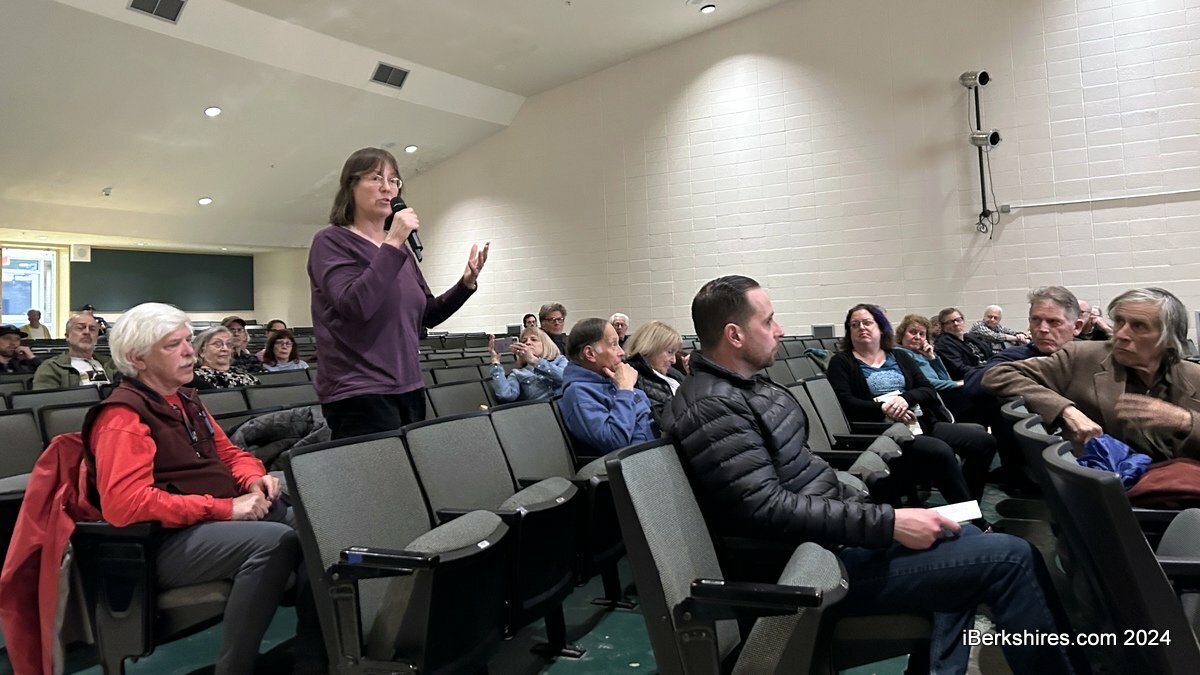
EPA Lays Out Draft Plan for PCB Remediation in Pittsfield
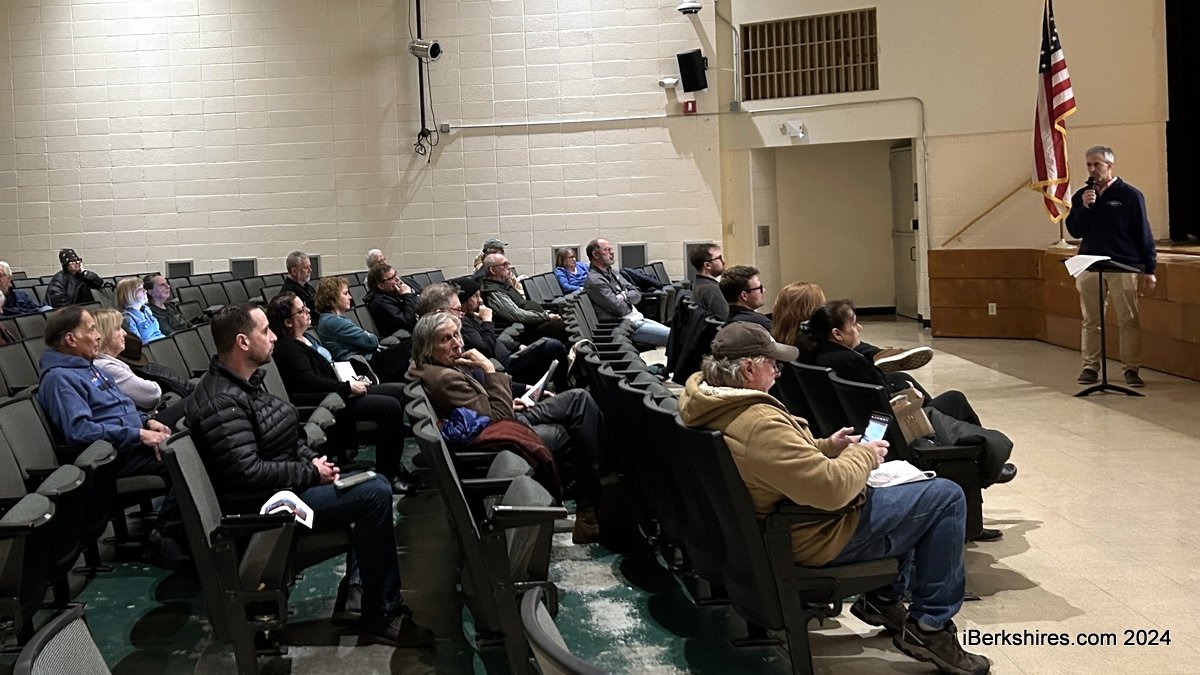
PITTSFIELD, Mass. — U.S. The Environmental Protection Agency and General Electric have a preliminary plan to remediate polychlorinated biphenyls from the city's Rest of River stretch by 2032.
"We're going to implement the remedy, move on, and in five years we can be done with the majority of the issues in Pittsfield," Project Manager Dean Tagliaferro said during a hearing on Wednesday.
"The goal is to restore the (Housatonic) river, make the river an asset. Right now, it's a liability."
The PCB-polluted "Rest of River" stretches nearly 125 miles from the confluence of the East and West Branches of the river in Pittsfield to the end of Reach 16 just before Long Island Sound in Connecticut. The city's five-mile reach, 5A, goes from the confluence to the wastewater treatment plant and includes river channels, banks, backwaters, and 325 acres of floodplains.
The event was held at Herberg Middle School, as Ward 4 Councilor James Conant wanted to ensure that the residents who will be most affected by the cleanup didn't have to travel far.
Conant emphasized that "nothing is set in actual stone" and it will not be solidified for many months.
In February 2020, the Rest of River settlement agreement that outlines the continued cleanup was signed by the U.S. EPA, GE, the state, the city of Pittsfield, the towns of Lenox, Lee, Stockbridge, Great Barrington, and Sheffield, and other interested parties.
Remediation has been in progress since the 1970s, including 27 cleanups. The remedy settled in 2020 includes the removal of one million cubic yards of contaminated sediment and floodplain soils, an 89 percent reduction of downstream transport of PCBs, an upland disposal facility located near Woods Pond (which has been contested by Southern Berkshire residents) as well as offsite disposal, and the removal of two dams.
The estimated cost is about $576 million and will take about 13 years to complete once construction begins.
For 5A, the entire channel is to be removed and replaced by an engineered cap. This process includes design and material selection, dredging of contaminated sediments, and placement of the cap.
In Pittsfield, there are 32 non-residential exposure areas and 13 residential properties that require remediation to achieve residential standards. Property owners have been notified and GE will negotiate with them for access to implement the cleanup. As well, 48 vernal pools require remediation in 5A.
A conditional approval of the conceptual work plan is staged for 2024 with additional data collection throughout the year. Next year, a final work plan is to be submitted, and a revised final plan ahead of construction beginning in 2026 or 2027.
"We're still in the conceptual design phase," Tagliaferro said. "There's been a lot of work to get to that point."
EPA representatives went into great detail about the transporting of contaminated soils and efforts to prevent the spread of PCBs in the process. GE submitted a first draft of the transportation plan in October and the EPA is still reviewing the plan, anticipating significant revisions including better evaluation of rail transport.
The current version of the plan assumes transport only by trucks, estimating an average of 15 trucks per day to the landfill in Lee and one truck per day to the state landfills. If the rails were used, loading facilities would be required and the EPA directed GE to look at a location off Utility Drive near the wastewater treatment plant.
Attendees had mixed reactions to the plan, some were grateful to see the remediation and others were skeptical of the EPA's methodology.
"I know it sounds terrible that they are going to come in and dredge the river and there's going to be trucks and it's going to be a mess and you don't want it," resident Carolyn Sibner said.
"I just want to remind people in the big picture, the crime and the travesty is not the cleanup it's the fact that GE used our river like a trash can for decades and kind of like cancer or a bad tooth, I think you've just got to grit your teeth and do what you need to do so then the river can heal in this case."
Resident Daniel Miraglia posed concerns for the historical and archaeological context of the river, specifically the Stockbridge Munsee Mohican tribe's relations to Canoe Meadows. He said Unkamet's Crossing has a history of the tribe traveling up the river to Canoe Meadows as its destination point.
Remedial Project Manager Christopher Smith said the EPA has done a series of cultural resource work and this summer, will look at areas of historic and tribal interests and will have to build any findings into the cleanup plan.
"Obviously, there are certain areas that we can't avoid for the cleanup unless there's a reason we really can't clean up like a burial ground, for example.
"When we do work directly with the tribes, they have representatives that we coordinate with, they comment on our work plans. They'll be joining us in the field this summer, most likely when we go out to do that work. So it's definitely a consideration."
Housatonic River Initiative Executive Director Tim Gray wants the team to look into using alternative technologies to destroy the PCBs instead of moving them and has some qualms about the EPA's approach.
"It's not good that you're telling people that it's okay to live in a floodplain, that's ridiculous," he said.
Other attendees seconded his call for alternative technologies and Tagliaferro reported that this has all been litigated in public meetings and in the court system.
"Tim Gray had his opportunity, they appealed, it was upheld in federal court. The remedy is final," he said.
Tags: cleanup, Housatonic, PCBs, Rest of the River,

